‘First-of-its-kind’ biomass camera uses AI to transform how salmon stocks are monitored and graded
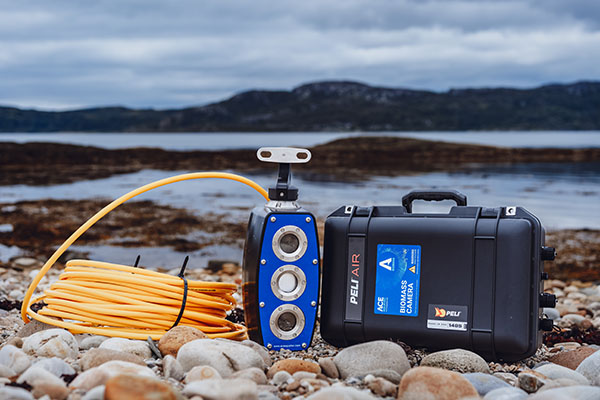
Aquaculture technology company Ace Aquatec has launched its A-BIOMASS™ – an advanced underwater camera system that could revolutionize biomass data capture for fish farmers worldwide. The A-BIOMASS for salmon is the first camera in the series, with modules for trout, sea bass and tilapia to follow in 2024.
“The biomass camera we are launching today is the first of its kind and will transform the monitoring of salmon stocks,” said Keith Davidson, chief technology officer at Ace Aquatec. “It requires no specialist skills to operate, offering a convenient and reliable solution to farmers across the globe.”
Revealed at Aqua Nor 2023, the camera uses machine learning and artificial intelligence (AI) for real-time millimeter accuracy, which could ultimately transform the way fish farmers monitor and grade their fish stocks. The fully automated camera is smaller and easier to deploy than many on the market, weighing in at just 8.5 kg (18 pounds), and has been proven to withstand the harshest environmental conditions, having been developed and tested in Scotland’s most northerly waters.
“Our biomass camera has been five years in development, incorporating expertise and knowledge from scientists and partners around the world,” said Davidson. “We’ve done extensive field testing and data collection to create a system that truly measures biomass and fits in with fish farmers’ daily processes and operations.”
The fully automated AI cameras use point cloud technology to track fish, simultaneously differentiating individuals from the shoal. Continuous measurement of fish size enables millimeter accuracy in the grading process and reduces feed waste, meaning less impact on the immediate environment and efficiency savings for farmers. The system can also be operated remotely so fish stocks can be monitored from anywhere in the world, reducing the need to be on site.
“We wanted to develop a product that was not only market-leading, but one that would become the fish farmer’s friend, supporting them with a system that is easy to deploy, manage and monitor,” said Nathan Pyne-Carter, CEO at Ace Aquatec. “The team at Ace Aquatec has dedicated a huge amount of time and expertise to making sure that the biomass we are launching today optimizes feed and growth rates and helps farmers stay within their stocking density quota.”
Now that you've reached the end of the article ...
… please consider supporting GSA’s mission to advance responsible seafood practices through education, advocacy and third-party assurances. The Advocate aims to document the evolution of responsible seafood practices and share the expansive knowledge of our vast network of contributors.
By becoming a Global Seafood Alliance member, you’re ensuring that all of the pre-competitive work we do through member benefits, resources and events can continue. Individual membership costs just $50 a year.
Not a GSA member? Join us.
Author
Tagged With
Related Posts
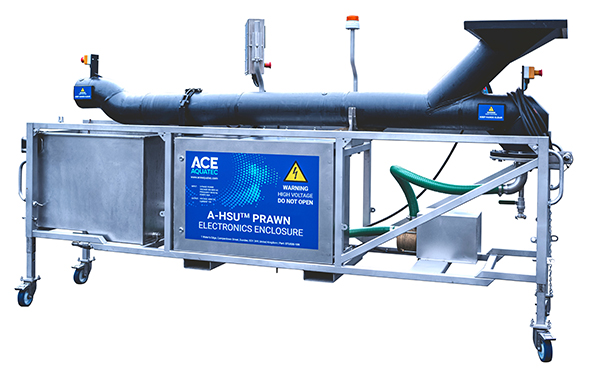
Health & Welfare
Ace Aquatec launches in-water portable prawn stunner to improve aquaculture welfare
The company's Prawn Humane Stunner Universal can stun prawns unconscious in less than one second, improving animal welfare in aquaculture.
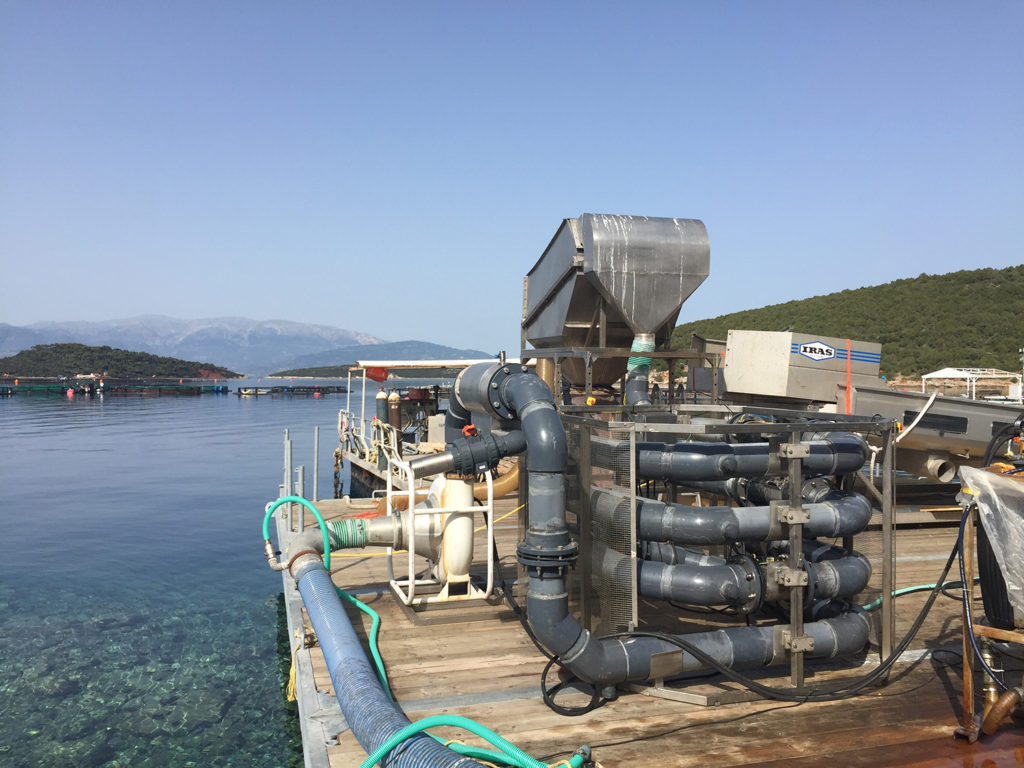
Innovation & Investment
Global Aquaculture Innovation Award 2019 finalist: Ace Aquatec
Global Aquaculture Innovation Award finalist Ace Aquatec’s Humane Stunner Universal easily renders fish unconscious for a more humane slaughter process.
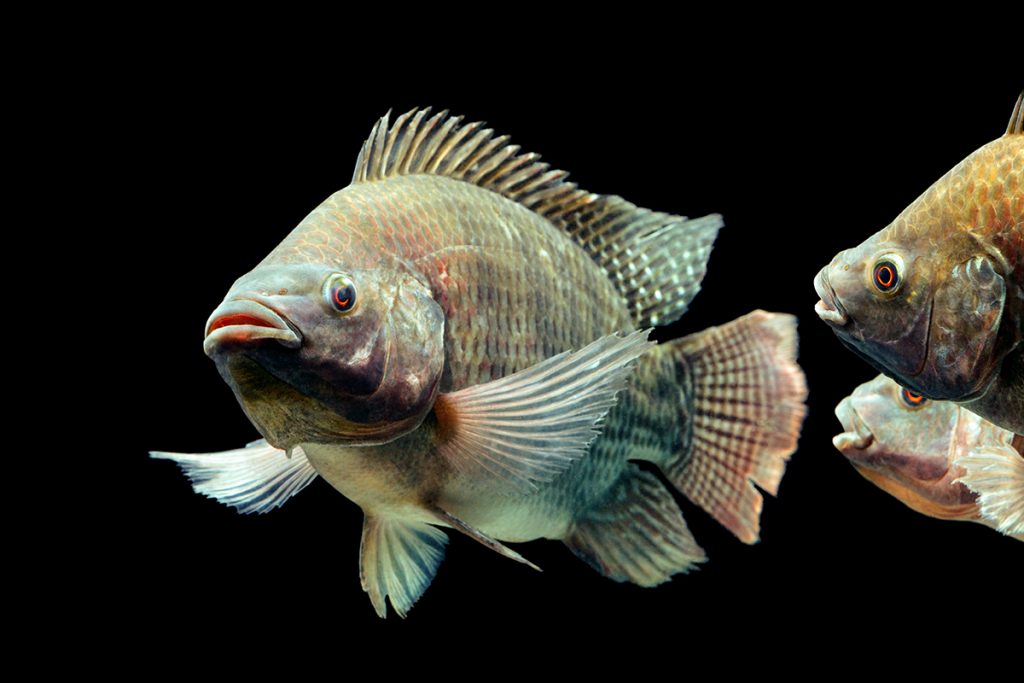
Health & Welfare
‘The right thing to do’: How aquaculture is innovating to reduce fish stress and improve animal welfare
With research showing that stress can damage meat quality, fish and shrimp farmers are weighing the latest animal welfare solutions.
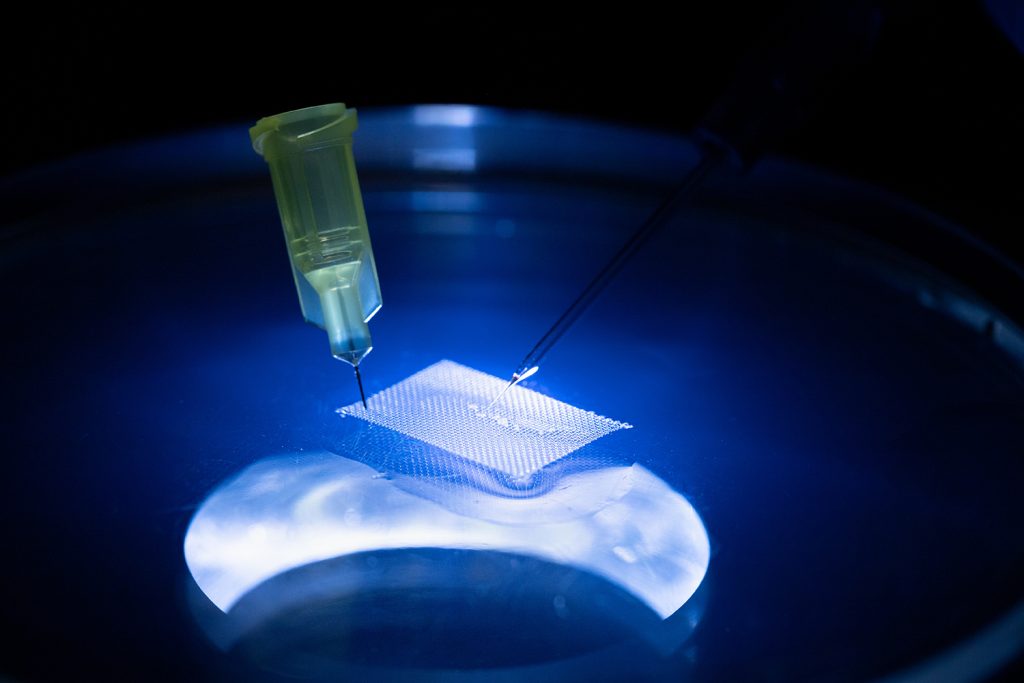
Innovation & Investment
Overcoming the ‘sterility paradox’: How new gene editing technology can solve it and benefit aquaculture
GOAL 22: Monosex sterile fish are good for farms but not hatcheries. The Center for Aquaculture Technologies solves this paradox at commercial scale with novel gene-editing technology.



